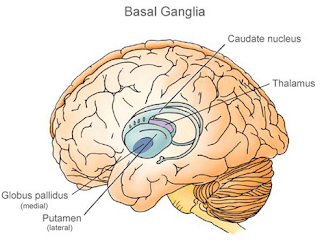Cerebral palsy is a disorder that affects a person's ability to move his body and control the use of his muscles. According to the Ontario Federation for Cerebral Palsy, people with cerebral palsy often have muscle tightness and difficulty with fine motor skills like using utensils to eat. It is important that people with cerebral palsy get adequate nutrition because malnourishment is common due to difficulty eating.
Avoid foods with complicated textures. Foods like peanut brittle, which is very chewy or peanut butter, which is thick and sticky in the mouth, may be too difficult for a person with cerebral palsy to chew and swallow. Choose soft foods as often as possible so that it will be easier for the patient to eat and get the nutrients he needs. If he has trouble using regular utensils, use utensils specially designed for people with cerebral palsy that may be available from your physical therapist or a local medical supply store.
Eat foods rich in fiber to prevent constipation and other gastrointestinal problems associated with cerebral palsy. The website CerebralPalsySource.com states that people with cerebral palsy frequently have stomach problems such as constipation. Whole grains like brown rice and whole wheat bread, along with fruits and vegetables, can help prevent and decrease constipation.
Supplement with nutritional drinks if it is difficult to get enough calories in or if you are underweight. CerebralPalsySource.com explains that in addition to gastrointestinal problems, people with cerebral palsy sometimes vomit because it is too hard for them to get foods down their esophagus. If you vomit or aren't able to eat enough because coordinating the muscles around your mouth is difficult, drinking your nutrition may be necessary.
Eat at least five servings of fruits and vegetables every day. The organization 4 My Child, which focuses on improving the conditions of children with cerebral palsy, states that vitamins and nutrients that are found in fruits are essential for proper growth and health of the brain. They state that 35 percent of all children who have cerebral palsy are malnourished. The vitamins in fruits and vegetables can help you feel more energized so that you have the strength to continue eating and working your muscles.










